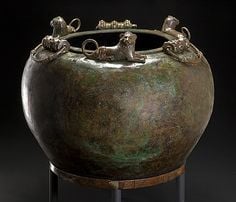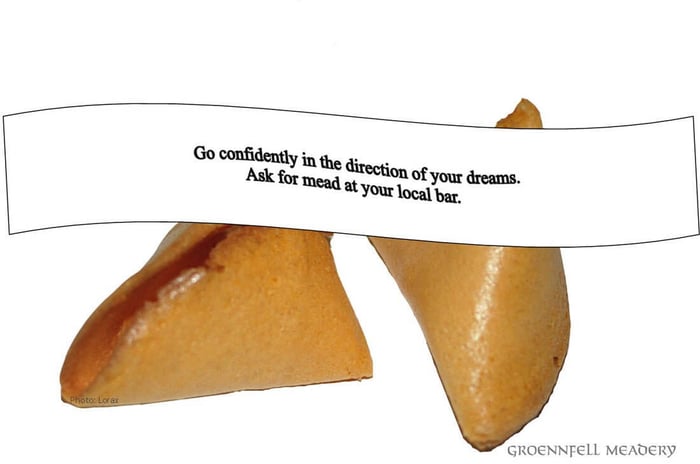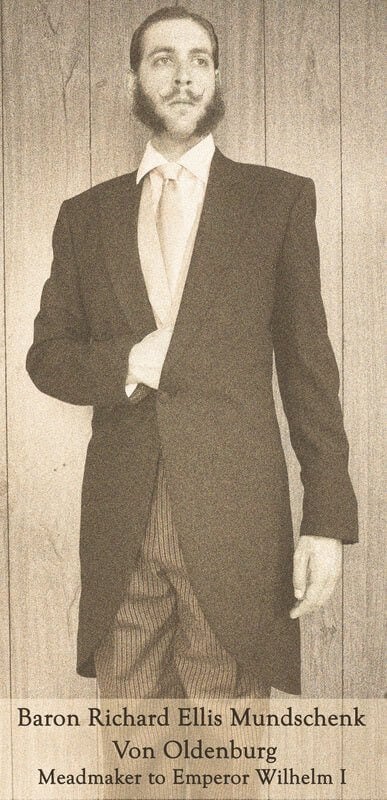
Is it really true that ancient peoples would allow so much fine mead to be wasted on a dead body? As with most ancient customs, it’s really hard to say.
Now, from the perspective of eschatology there is absolutely no question that mead was an important part of the concept of the Viking afterlife. There’s a goat which gives mead to the victorious dead who drink it every day while enjoying their heavenly pork ribs. This is referenced several times in the limited texts we have.
Other cultures from that era gave us even less written material to go by, but drinking in the afterlife is pretty common, so we can assume that the dead, valorous or otherwise, probably did not go thirsty.
So the question here is one of funerary custom: Did ancient people really pack away buckets of mead with dead bodies?
The most often cited ancient archeological source for kings being buried with mead is the Hochdorf Mound in Germany. In this excavation of a miraculously intact Celtic burial mound, Dr. Biel found several gilded drinking horns along with a 70 gallon bronze cauldron. This cauldron had within it the desiccated remains of – you guessed it – Mead!
But since mead evaporates, there’s no good way to tell whether funeral guests drank the contents of the vessel, or whether it was buried full. Telling, perhaps, is that the dishes and serving-ware also in the tomb did not have the remains of food on them.
Furthermore, if the king was going to be treated to an eternity of the finest, godly mead, why waste a very expensive quantity of the stuff on his dead body?
It should be mentioned that this grave predates the Vikings by over a millennium, so we cannot assume that the eschatological views of these people were identical. But, as mentioned before, drinking in the afterlife was a fairly widely held belief historically.
Other archeological sources provide the exact same puzzling finding: Was this mead vessel placed in here full or empty? Alas, it is nearly impossible to tell.
Why does it matter? It doesn’t really. It just kind of makes us sad to think of all that mead going to waste.
For more on the Cauldron of Hochdorf, check out this fine site.





